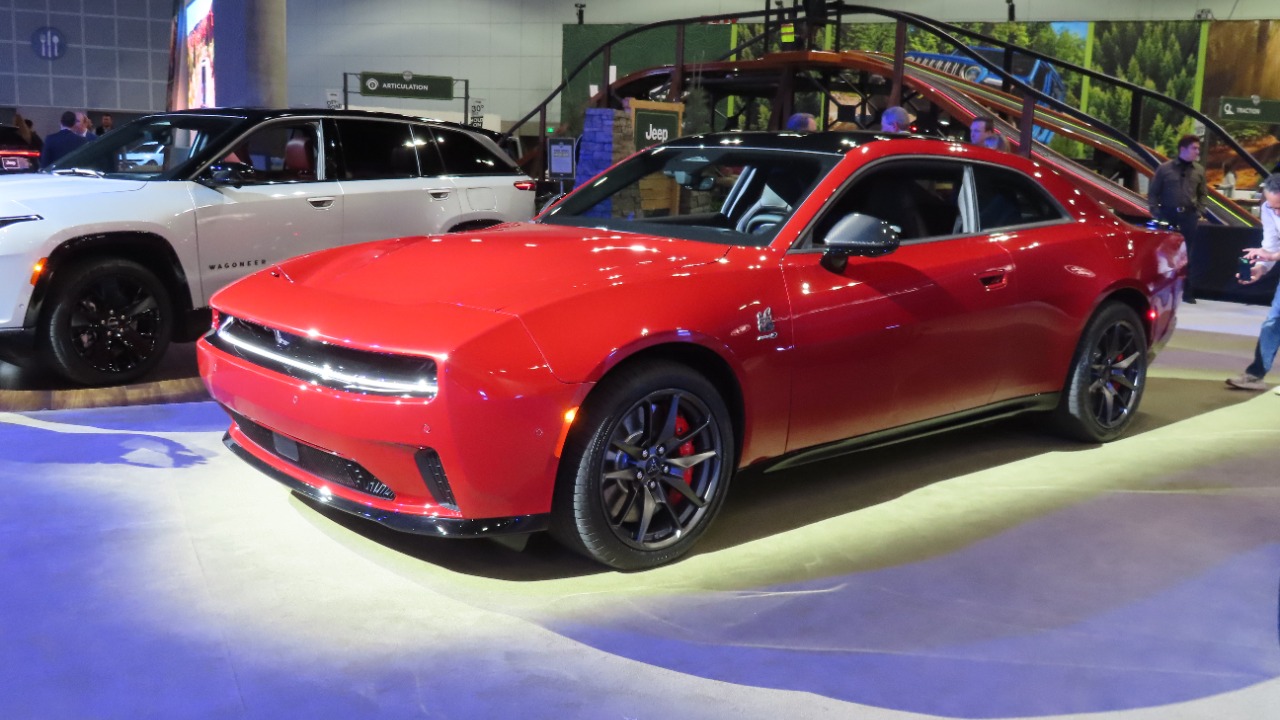
The Dodge Charger Daytona EV has been recalled due to an unusual safety concern—its silence. This issue underscores the challenges automakers face in maintaining a balance between the silent operation of electric vehicles and safety regulations that mandate audible alerts for pedestrian safety. The situation not only highlights the complexities involved in EV sound design but also raises questions about the future of automotive safety standards.
The Issue of Silence in Electric Vehicles
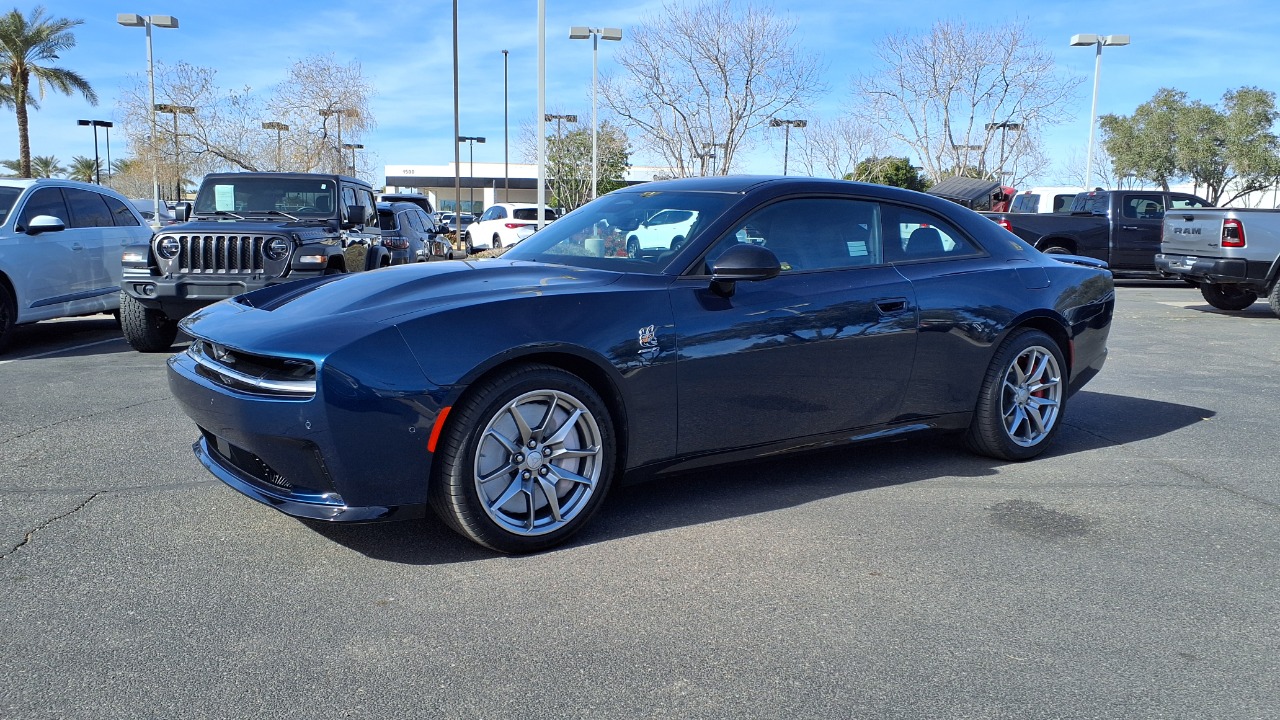
Understanding the Regulation
The National Highway Traffic Safety Administration (NHTSA) has established requirements for minimum sound levels in electric vehicles to ensure pedestrian safety. These regulations are particularly crucial for protecting visually impaired individuals who rely on auditory cues to navigate urban environments. Electric vehicles, known for their quiet operation, must produce a sound when traveling at low speeds to alert pedestrians of their presence. This regulation aims to mitigate the risk of accidents in increasingly busy urban landscapes.
The Dodge Charger Daytona’s Unique Problem
The Dodge Charger Daytona EV’s recall due to its silence is an intriguing case. The vehicle’s design, while innovative, inadvertently led to it being too quiet, posing a potential threat to pedestrian safety. According to Hemmings, the recall was initiated because the vehicle did not meet the NHTSA’s sound requirements. The Charger Daytona’s unique problem illustrates the fine line manufacturers must walk between innovation and compliance with safety regulations.
Safety Concerns and Implications
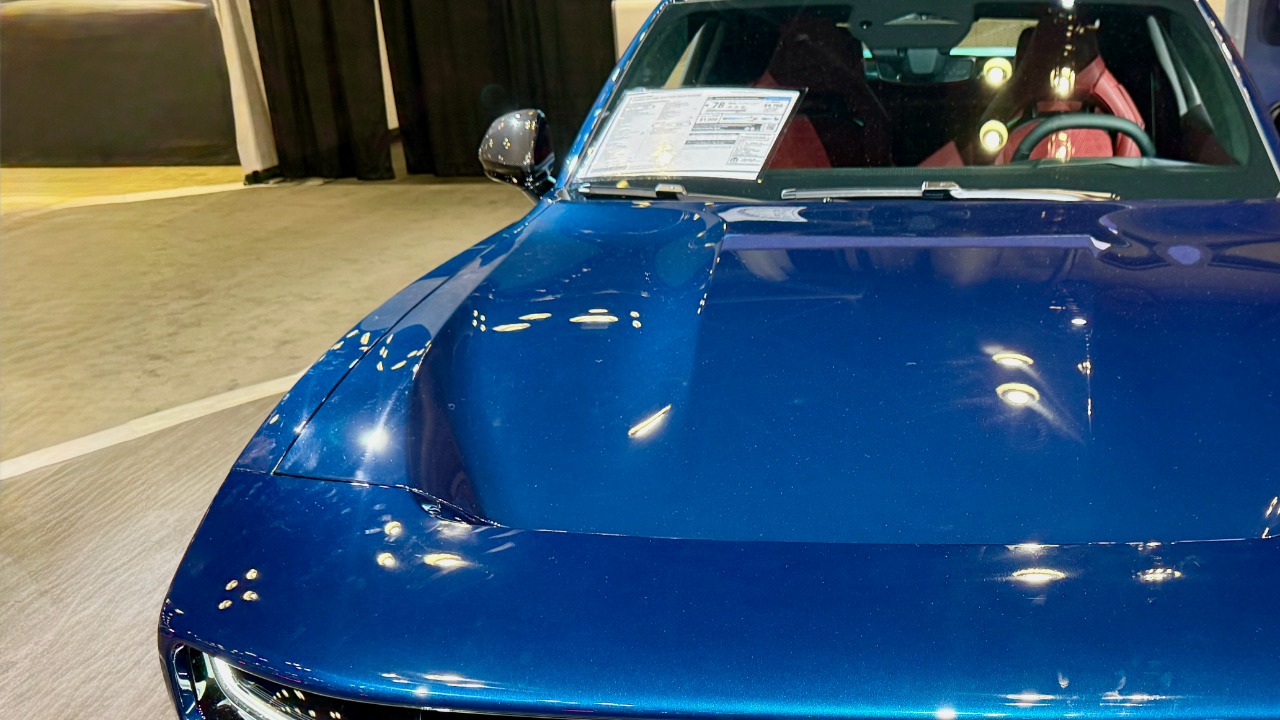
Impact on Pedestrian Safety
Electric vehicles that are too quiet can pose significant risks to pedestrians, particularly in densely populated areas. The absence of engine noise, a natural alert for pedestrians, means that individuals, especially those with visual impairments, may not notice an approaching vehicle. As urban areas grow more congested, the importance of sound as a safety feature becomes increasingly critical. The recall of the Dodge Charger Daytona highlights the need for manufacturers to prioritize pedestrian safety in their design processes.
Manufacturer Responses and Adjustments
In response to these safety concerns, Dodge and other manufacturers are exploring technological solutions to ensure compliance with sound regulations. The development of artificial engine sounds, specifically designed for electric vehicles, is becoming a crucial aspect of EV design. These sounds aim to provide the necessary auditory cues without compromising the quiet operation that consumers value. According to ProQuest, manufacturers are investing in acoustic technology to create sounds that are both pleasant and functional, ensuring safety without sacrificing the serene driving experience EVs offer.
Consumer Reactions and Market Impact
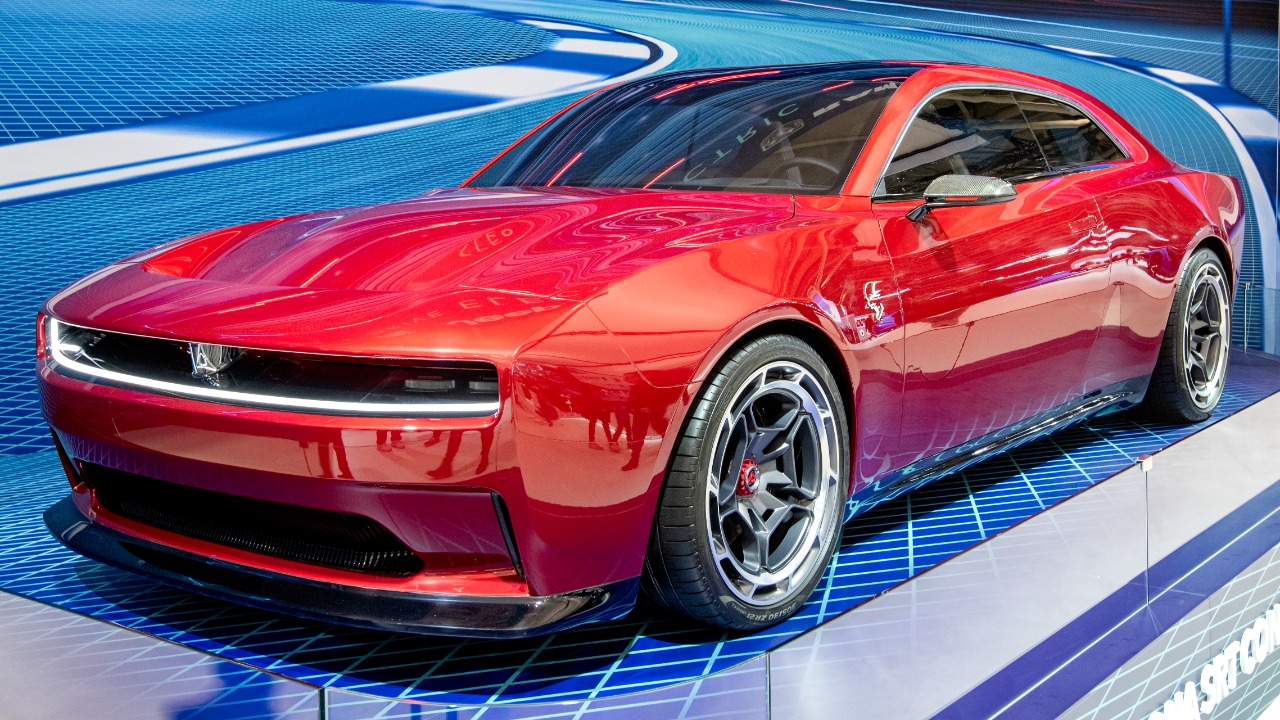
Customer Concerns and Feedback
The recall of the Dodge Charger Daytona has sparked varied reactions among consumers. Some owners express concerns over the safety implications, while others worry about potential disruptions to their driving experience. Feedback from Charger Daytona owners indicates a mix of disappointment and understanding, as they recognize the necessity of adhering to safety standards. This situation underscores the importance of consumer trust in the growing EV market and highlights the challenges manufacturers face in maintaining that trust amidst recalls.
Market Implications for Dodge and Competitors
The recall could have significant implications for Dodge’s market position, potentially affecting consumer perceptions of the brand’s commitment to safety. However, it also presents an opportunity for Dodge to demonstrate its dedication to resolving safety issues and improving its vehicles. For competitors, the situation serves as a cautionary tale, emphasizing the importance of rigorous testing and compliance with safety regulations. As noted in Road and Track, the industry is closely watching how Dodge addresses this challenge, as it may influence future regulatory changes and design strategies.
The Future of Sound in Electric Vehicles
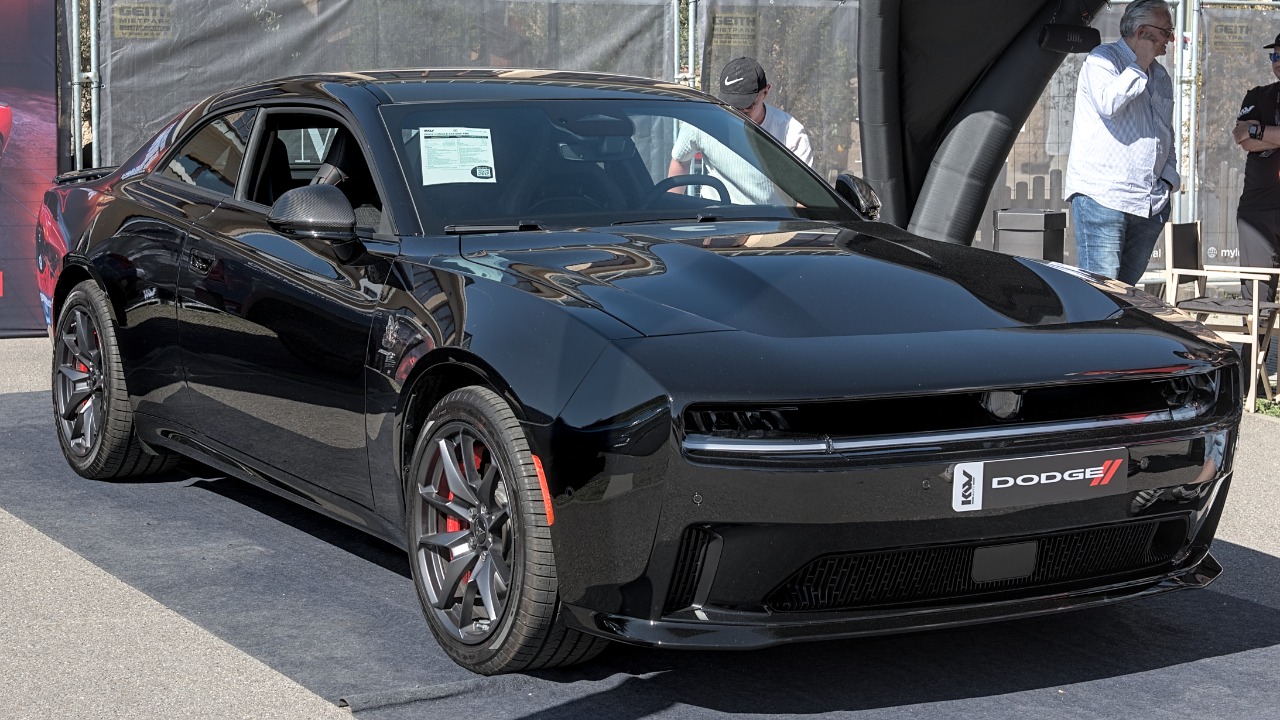
Innovations in Sound Design
The future of sound in electric vehicles is poised for innovation. Automakers are investing in advanced acoustic technology to create sounds that are both compliant with safety regulations and appealing to consumers. These innovations include customizable sounds that enhance the driving experience while ensuring pedestrian safety. As the industry evolves, manufacturers are exploring creative sound design solutions that reflect brand identities and improve safety. The development of such technology is crucial for the future of EVs, as it balances the desire for quiet operation with the need for audible alerts.
Balancing Silent Operation with Safety Needs
The ongoing challenge for the automotive industry is to design electric vehicles that are both appealingly quiet and safely audible. This balance is essential for ensuring pedestrian safety while maintaining the serene driving experience that draws consumers to EVs. Automakers must continue to innovate and adapt to meet safety standards without compromising the qualities that make electric vehicles attractive. According to MSN, the industry’s ability to innovate in sound design will play a critical role in shaping the future of electric vehicles.
The recall of the Dodge Charger Daytona EV offers valuable insights into the complexities of electric vehicle design and the importance of balancing innovation with safety. As the automotive industry navigates these challenges, the lessons learned from this recall will likely influence future regulations and vehicle design strategies. The evolving landscape of EV technology underscores the need for continued innovation and a steadfast commitment to safety, ensuring that electric vehicles remain both desirable and safe in an ever-changing world.